Oak Bark Hydrolat: Magnificent Aroma and Challenging Distillation
Ever since my good friend and fellow distiller gifted me oak bark (Quercus robur) hydrolat, I was determined to distill it myself one day. I was captivated by its luxurious, woody, earthy, balsamic, and somewhat sweet aroma!
Oak Description and Uses
Oaks are hardwood trees native to the Northern Hemisphere. Its timber is used for furniture, floors, frames as well as fuelwood. Oak wood chips are used for smoking foods, white oak bark is used in traditional medicine preparations (1, 5).
Oak bark is rich in tannins, polysaccharides, flavonoids, acids, minerals, and mucilage. The decoction is utilized to treat a variety of inflammatory conditions, especially of the mucus membranes. It is used to treat wounds, burns, and dandruff, and as an antibacterial agent (1). According to many authors (2), if the plant is used in the form of infusions or decoctions, it is a good indication that its hydrolat might have some of similar benefits.
Aromatic Compounds
The alcohol industry very much valuates oak wood’s aromatic properties. Oak barrels are used to mature whiskey and wine due to their ability to improve the taste and the aroma, imparting a desirable oaky vanillin flavor (5). A couple of analyses (3, 4) found there are several aromatic volatile compounds in the oakwood: cis and trans isomers of oak lactone, vanillin, eugenol and isoeugenol (eugenol is reported to increase during open-air wood seasoning), and a couple more that are present in a toasted oak wood only.
OK, this means we have a reason to distill the oak bark based on practice and science.
Oak Bark Harvest
 But how do you get hold of the oak bark? You could probably strip some oak wood prepared to burn in the fireplace. I didn’t, so I tried to find a fallen oak in the forest. Unfortunately, every time I found one, the bark was already disintegrated due to prolonged exposure to the elements.
But how do you get hold of the oak bark? You could probably strip some oak wood prepared to burn in the fireplace. I didn’t, so I tried to find a fallen oak in the forest. Unfortunately, every time I found one, the bark was already disintegrated due to prolonged exposure to the elements.
Then, at the end of this summer, very high winds hit the nearby forest. I went for a walk soon after and found two fallen oak trees. They were beautiful and seemingly very strong, yet they couldn’t withstand the wind. It was sad to see them lying on the ground… I had my tools in a backpack. I promised them to cherish their aroma. I soon found out that the twisted and cracked parts of the trunk and large branches were the best places to harvest the bark. I ended up with 4 kg of the oak bark.
Distillation: Long and Challenging
I immediately started preparing the material. First I brushed away all the moss from the bark. Then I broke the bark along those natural 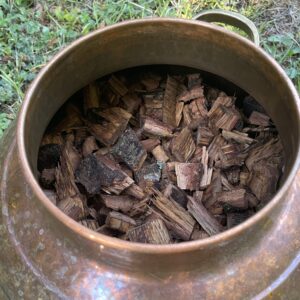 cracks and chopped it with the sharp gardening scissors. I ended up having a bunch of ~2×2 cm pieces of the bark.
cracks and chopped it with the sharp gardening scissors. I ended up having a bunch of ~2×2 cm pieces of the bark.
4 kg was too much for my 10 l copper alembic still. It seems like the longer the oak is kept, the better aroma it develops. My friend had distilled very old bark, and it was very aromatic. So I decided to experiment. I left 2 kg of the bark to dry out, and I intend to keep it intact for several years. The other 2 kg went into the still right away.
The oak bark is a hard material so I preheated it in the alembic and left overnight.
The next day the distillation began. I was warned it is prone to “boiling over”. I was super careful and boiled it super slow. But it boiled over anyway… I had to clean and sanitize my swan neck, condenser and glass container and start all over again. No more “tea”, but the distillation is very slow.
I took the samples for taste and smell evaluation. The aroma had some “immaturity” and “youth” to it. And it was very fragile. I knew it would definitely be less than 1:1 plant material to hydrosol ratio.
The distillation lasted 4,5 hours and I got 1 l of hydrolat. That is an excruciatingly long distillation. Interestingly, the aroma developed some sharp, alcohol-like notes. I bottled the hydrolat and set it aside to mature.
Possible Uses of Oak Bark Hydrolat
Now, after more than 2 months, it has developed a much stronger and distinctive aroma that I am very fond of.
I noticed the aroma of oak bark hydrolat has a grounding, calming and reassuring effect on me, so I mainly use it as an aromatic mist.
I could not find any reliable information on the properties of the oak bark hydrolat. I would guess topical applications would be beneficial for inflamed skin.
Curious to know more? Read about the Mandarin Fruit Distillation Experiment.
Resources:
- Ragažinskienė, S.Rimkienė, V. Sasnauskas. Vaistinių augalų enciklopedija. 2005, Kaunas, Lututė.
- Price, Sh.Price. Understanding Hydrolats: the Specific Hydrosols for Aromatherapy. A Guide for Health Professionals. 2024.
- https://www.etslabs.com/publications/publication/15
- https://labexcell.com/en/aromas/oak-compounds
- https://en.wikipedia.org/wiki/Oak

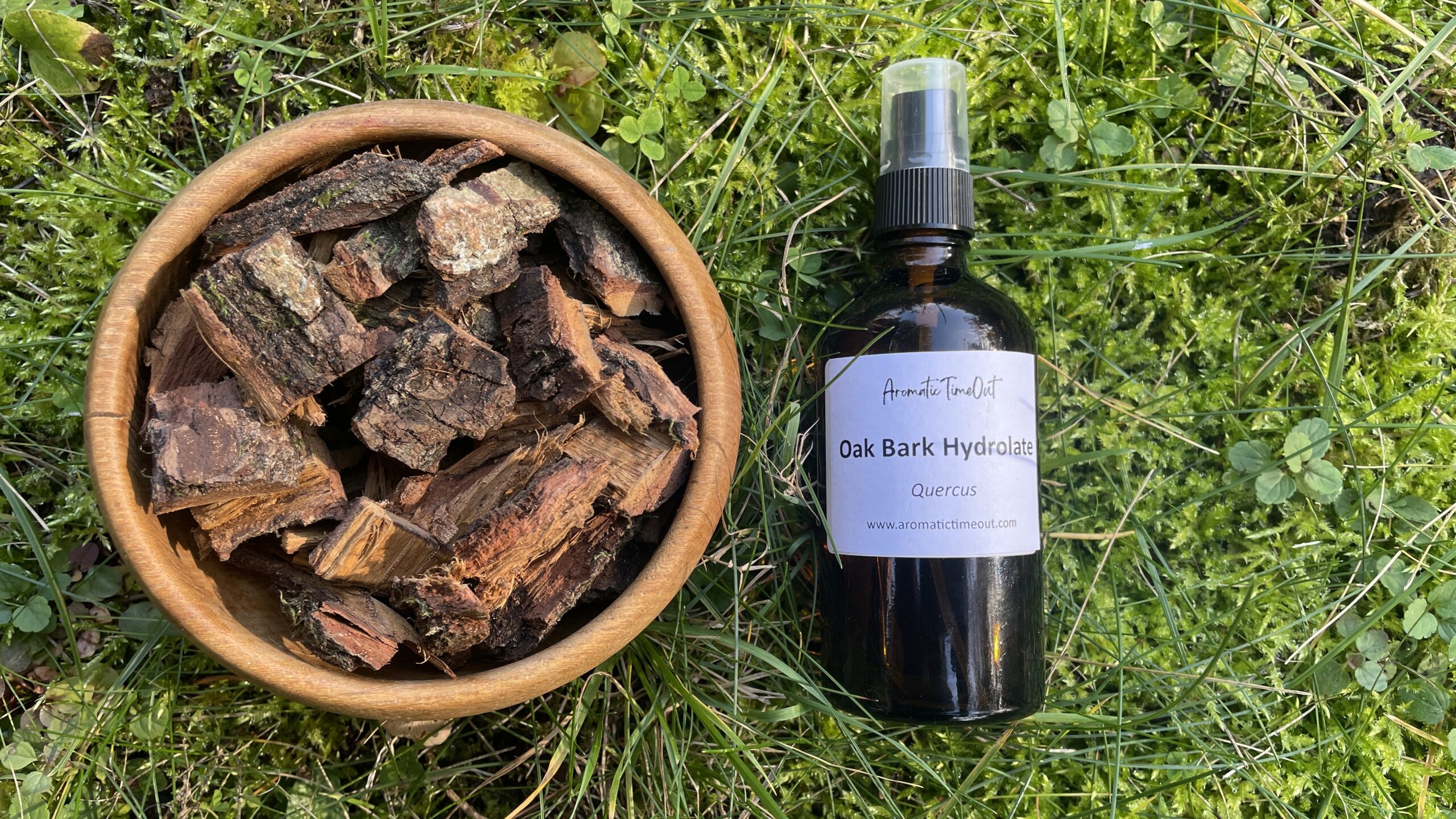
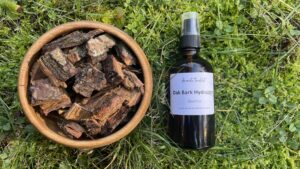
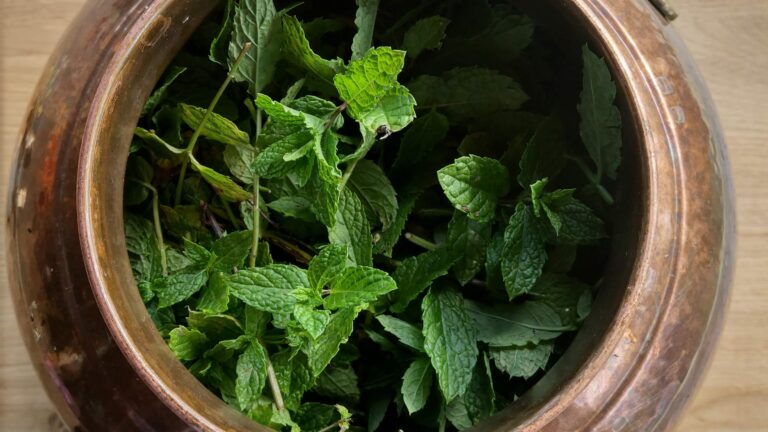
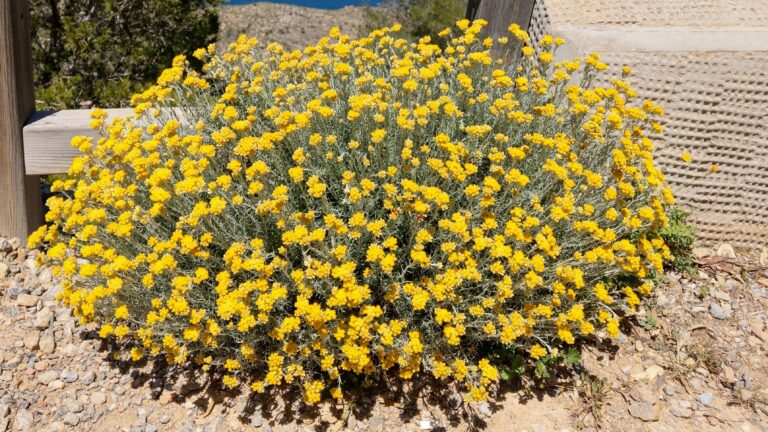
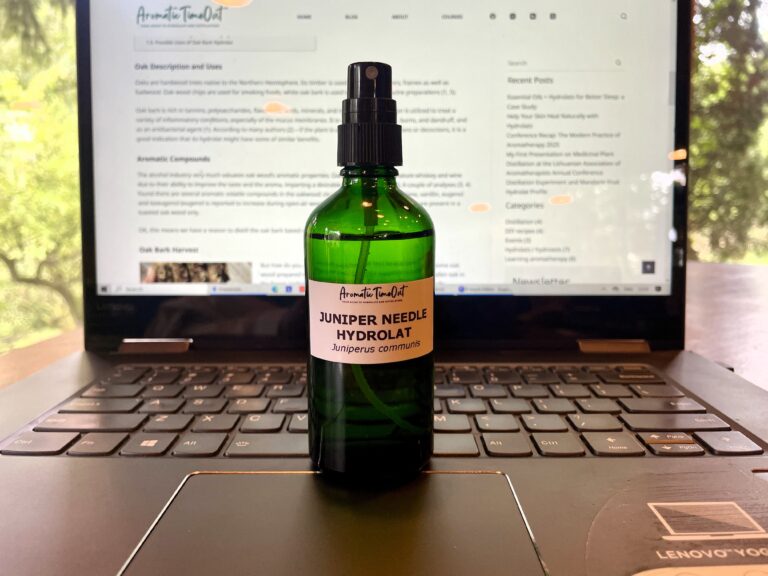
[…] oak bark (Quercus […]